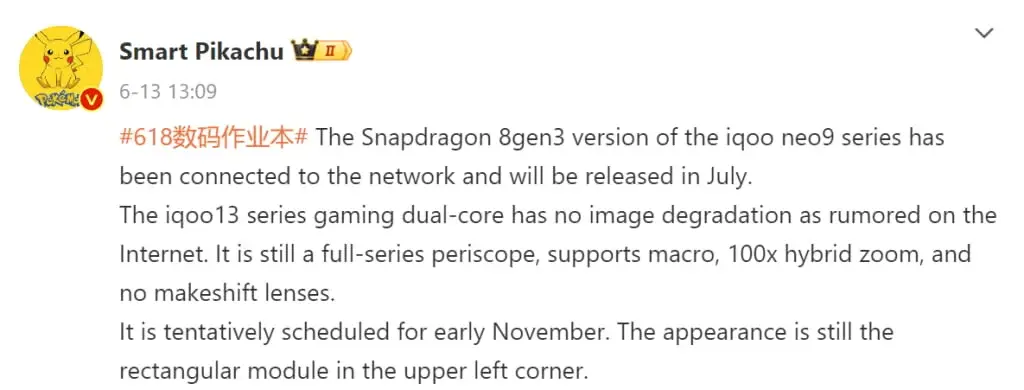Samsung’s state-of-the-art Galaxy Watch 6 series is now being offered at significant discounts on the Samsung India website. The brand is providing an ₹8000 Instant Discount on the following models:
- Samsung Galaxy Watch 6 BT/LTE 40mm
- Samsung Galaxy Watch 6 Classic BT/LTE 43mm
- Samsung Galaxy Watch 6 Classic BT/LTE 47mm
Offer Details
This offer is valid for purchases made until June 30, 2024, at 11:59 PM. It applies to EMI or Full Swipe payments using major banks’ Credit/Debit Cards. No cost EMI options are available for 3, 6, and 9 months. For EMI transactions, select a tenure of more than 6 months to receive the discount. The offer is available on Samsung eStore: samsung.com/in (Web and Mobile).
Terms & Conditions
The offer is valid for full and EMI transactions (no partial payments). Retain the charge slip for 180 days. It is not valid on corporate cards, Amazon Pay ICICI Bank credit cards, or EPDS purchases. The offer cannot be combined with other promotions unless specified. One card can avail of the discount once per month. Processing fees and bank charges are subject to the issuer bank’s T&Cs. For cancellations or rejections, the offer is not reapplicable with the same card within 24 hours.
With these deals, the Galaxy Watch 6 40MM LTE model‘s price will effectively come down to ₹19,999 ($239). The Watch 6 Bluetooth model, originally priced at ₹25,999, will drop to ₹17,999 ($215). The 44mm Bluetooth model is already available for ₹19,999 ($239).
Galaxy Watch 6 Series Specifications
Samsung’s Galaxy Watch 6 comes in two designs: the Classic version with a rotating bezel and a standard model with ultra-thin bezels. Both feature a durable Sapphire Crystal screen and an always-on display. The standard Watch 6 is available in two sizes (40mm and 44mm), with the larger size offering a bigger screen and battery. Similarly, the Classic Watch 6 comes in two sizes (43mm and 47mm), with the larger size providing a bigger screen and battery.
Battery life is estimated at 30 hours with the always-on display and 40 hours without it. These watches are equipped with numerous health-tracking features, such as heart rate, temperature, and sleep tracking, along with advanced body composition analysis. The Galaxy Watch 6 operates on the latest Wear OS software and supports quick wireless fast charging. They can connect to your phone via LTE, Wi-Fi, and have built-in GPS. Additionally, they are rugged and water-resistant.
























